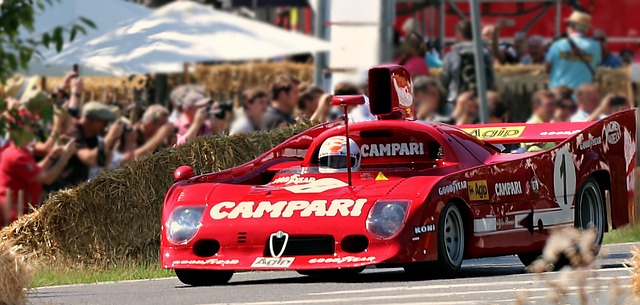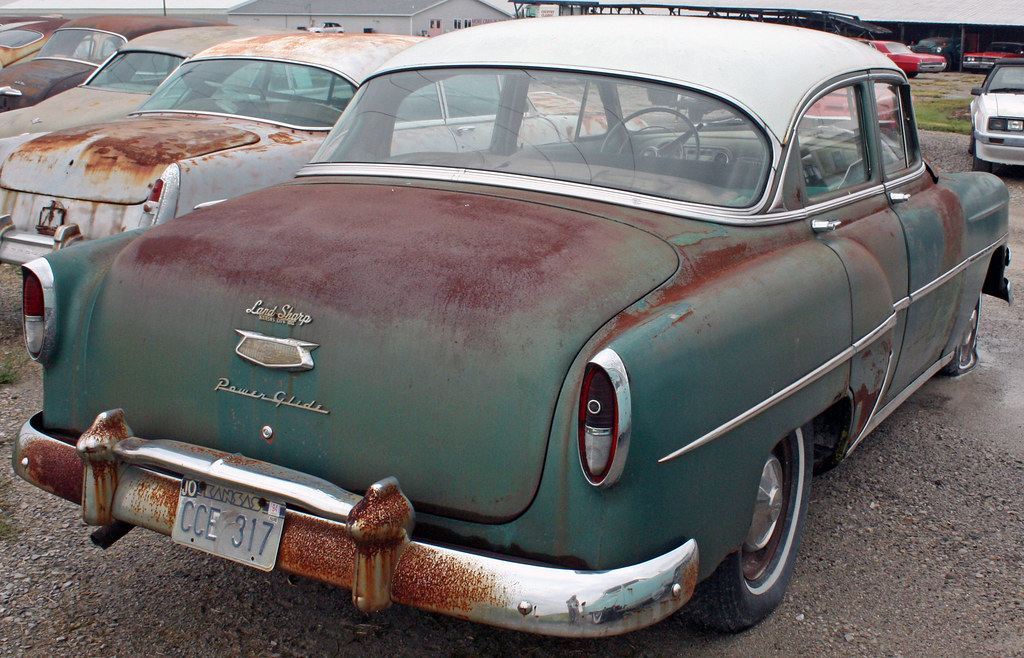- Choose the right location: Find a clean, well-lit area to showcase the car.
- Clean the car: Wash and detail the car, paying attention to every surface.
- Set the stage: Remove clutter and distractions from the background.
- Capture the details: Highlight key features like the interior, engine, and wheels.
- Use good lighting: Shoot during the golden hour or in well-lit areas for optimal results.
- Compose your shots: Experiment with different angles and perspectives to showcase the car’s best features.
- Edit and enhance: Use photo editing software to adjust brightness, contrast, and colors if needed.
- Highlight uniqueness: Capture any special features or modifications that make the car stand out.
- Write a compelling description: Pair your photos with an engaging description to attract potential buyers.
Remember, high-quality photos and an appealing presentation are key to capturing buyers’ attention when photographing cars for sale.
Table of Contents
Toggle1. What equipment do I need to photograph a car for sale?
To Photograph Cars for sale, you’ll need a digital camera with manual settings, a tripod, and various lenses. A wide-angle lens is essential to capture the entire car in the frame, while a telephoto lens can be useful for capturing details. Additionally, a remote shutter release can help eliminate camera shake and ensure sharp images. Other useful accessories include a polarizing filter to reduce reflections and a portable lighting kit for better control over lighting conditions.
Ensure that you have a memory card with enough storage capacity and a fully charged battery before starting the photography session. Having a cleaning kit for the car’s exterior and interior is also recommended to ensure the vehicle looks its best in the photos.
2. How can I choose the right location to photograph the car?
When selecting a location to photograph the car, consider finding a spot with a clean and uncluttered background that won’t distract from the vehicle. A solid-colored wall or an open area with minimal visual distractions can work well. Avoid busy streets, crowded parking lots, or locations with other vehicles that can clutter the frame.
Keep in mind that natural lighting is generally preferred for car photography. Consider shooting during the golden hour, which is the hour after sunrise or before sunset when the light is soft, warm, and flattering. If shooting indoors, find a well-lit space with large windows to let in plenty of natural light.
3. What are some tips for capturing the car’s exterior?
When photographing the car’s exterior, start by cleaning the vehicle thoroughly to make it look its best. Remove any dirt, dust, or smudges from the body, windows, and wheels. Use high-quality car wash soap and microfiber towels to avoid scratching the paint.
Choose an angle that highlights the car’s best features and try shooting from different perspectives to find the most flattering angles. Consider getting down low to capture the car from a lower angle, which can make it appear more dynamic and powerful. Experiment with different compositions, such as including some of the surrounding environment or focusing solely on the car itself.
Pay attention to details like reflections, shadows, and highlights. Be mindful of any distracting elements in the frame, such as telephone poles or other vehicles, and try to minimize their impact on the photo. Lastly, make sure all the car’s lights are in working order, including the headlights, taillights, and indicators, to capture accurate representations of the vehicle.
4. How can I showcase the car’s interior in the photographs?
When photographing the car’s interior, start by cleaning and tidying up the space. Remove any personal items, clutter, or trash from the seats, floor, and dashboard. Wipe down all surfaces to remove dust and fingerprints. Use a vacuum cleaner to clean the carpets and seats, ensuring a pristine appearance.
To capture the interior, use a wide-angle lens to show as much of the space as possible. Stand at the entrance of the car and shoot towards the dashboard to create a sense of depth. Experiment with different angles and perspectives to highlight unique features, such as the infotainment system or luxurious upholstery. Avoid using flash, as it can create harsh lighting and reflections on glossy surfaces.
Consider opening the doors or shooting through the windows to capture the interior from various angles. If the car has any special features, like a panoramic sunroof or adjustable seats, be sure to showcase them in the photos. Additionally, focus on capturing details like the steering wheel, instrument cluster, and any unique interior accents or finishes.
5. How important is lighting in car photography?
Lighting is crucial in car photography USA as it can greatly impact the overall look and feel of the images. Natural lighting, especially during the golden hour, can create a warm and inviting atmosphere. It provides soft, diffused light that enhances the car’s contours and colors while reducing harsh shadows.
If shooting indoors or during less favorable lighting conditions, you may need to use artificial lighting. A portable lighting kit with diffusers and reflectors can help you control the direction and intensity of light. Be careful not to create unwanted reflections on the car’s surfaces, and aim for even lighting throughout the frame.
When photographing the car’s exterior, be mindful of the position of the sun and how it affects the lighting. Shooting directly into the sun can cause lens flares and harsh shadows. Consider shooting with the sun behind you or at an angle to achieve a more balanced and pleasing lighting setup.
6. Should I include any close-up shots of the car’s details?
Including close-up shots of the car’s details can be beneficial as it allows potential buyers to see the quality and condition of specific features. Close-ups can showcase details like the grille, headlights, taillights, alloy wheels, or any unique badges or emblems. This level of detail can help buyers make informed decisions and feel more confident about the vehicle.
When capturing close-up shots, use a macro lens or the zoom function on your camera to focus on the specific details. Pay attention to reflections, shadows, and highlights, ensuring they don’t distract from the main subject. Be sure to clean and polish the areas you’re photographing to make them look their best.
Consider including a mix of wide shots that show the entire car and close-up shots that highlight specific details. This variety can provide a comprehensive view of the vehicle and appeal to a wider range of potential buyers.
7. Are there any editing techniques I should use for car photos?
Editing car photos can enhance their visual appeal and make them more attractive to potential buyers. Some common editing techniques include adjusting the brightness and contrast, sharpening the image, correcting colors, and removing any imperfections or distractions.
Use photo editing software like Adobe Lightroom or Photoshop to fine-tune your images. Start by adjusting the exposure, highlights, shadows, and white balance to achieve a balanced and natural look. You can also apply selective adjustments to specific areas of the photo to enhance details or correct any issues.
Be cautious not to over-edit the photos, as this can lead to unrealistic representations of the car. Aim for a clean, professional look that accurately represents the vehicle’s condition. If you’re unsure about your editing skills, consider hiring a professional photographer or editor to ensure the best results.
8. How many photos should I take of the car?
When photographing a car for sale, it’s generally recommended to take a minimum of 20 to 30 high-quality photos. This allows potential buyers to have a comprehensive view of the vehicle from various angles and perspectives. Providing a wide range of photos can help build trust and confidence in the buyer’s mind.
Include a mix of exterior and interior shots, showcasing both the overall condition and unique features of the cars. Capture different angles, close-ups of details, and shots from both the driver’s and passenger’s perspectives. Additionally, consider taking photos of the car’s service history, documentation, and any extras or accessories that are included in the sale.
Remember to select the best images from your session, ensuring they are sharp, well-exposed, and properly composed. Avoid including redundant or low-quality photos that may detract from the overall presentation of the car.
9. Can I use my smartphone to photograph a car for sale?
While smartphones have improved significantly in terms of camera quality, they may not provide the same level of control and image quality as a dedicated digital camera. However, if you don’t have access to a digital camera, you can still use your smartphone to capture decent photos of the car for sale.
To achieve the best results, use natural lighting and avoid using the flash. Hold the phone steady or use a small tripod to reduce the camera shake. Experiment with different angles and perspectives to find the most flattering shot. Additionally, consider using editing apps to enhance the photos by adjusting the exposure, contrast, and color balance.
Keep in mind that smartphone photos may not have the same level of detail and quality as those taken with a digital camera. If possible, borrowing or renting a camera would be a better option to ensure the highest quality images for your car listing.
10. How can I make my car photos stand out from the competition?
To make your car photos stand out from the competition, it’s important to pay attention to the details and present the vehicle in the best possible light. Here are a few tips:
- Clean the car thoroughly, both inside and out, before taking photos.
- Choose a clean and uncluttered background that won’t distract from the car.
- Use natural lighting whenever possible, as it provides the most flattering results.
- Experiment with different angles and perspectives to find unique and eye-catching shots.
- Include close-up shots of important details to showcase the quality and condition of the vehicle.
- Consider editing the photos to enhance their visual appeal, but be mindful of maintaining a natural look.
- Take a sufficient number of high-quality photos to provide a comprehensive view of the car.
By following these tips and putting in the effort to create compelling and professional-looking photos, you can make your car listing stand out and attract more potential buyers.
5 Tips to Photograph a Used Car for Sale











